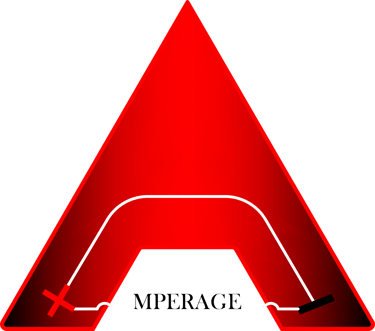Digital twins, the move forward for solar energy system maintenance
Researchers in Germany are developing a digital twin for photovoltaic materials, which will purportedly assist boost the frequency of new and significant discoveries in the solar sector and research. The digital twin's layout mixes machine learning with engineering-specific physical models.


The emphasis on renewable energy sources has increased due to the worldwide drive towards sustainable energy solutions, with solar energy emerging as a frontrunner. Researchers in Germany have introduced an innovative approach - the digital twin for PV materials - to improve the efficiency and economic feasibility of photovoltaic (PV) materials. This creative method promises to transform the solar business and hasten the commercialisation of next-generation panels by combining the power of machine learning and engineering models to produce a virtual duplicate.
The digital twin for photovoltaic materials is a game-changer for solar energy research. This cutting-edge technology promises to accelerate the identification of novel materials and combinations, propelling the commercialisation of next-generation solar panels, by using the power of machine learning and engineering models. Digital twins are a key component of the continuous search for effective and sustainable solar solutions because of their cost-effectiveness, real-time monitoring, and predictive maintenance capabilities. A more sustainable and energy-rich future is becoming closer to reality as the solar industry adopts this cutting-edge technology.
The adaptability of digital twins enables researchers to adjust simulations to specific environmental parameters. This flexibility is critical for adjusting solar technology to different geographical areas, guaranteeing optimal performance in differing climates and terrains.
Digital twins provide predictive maintenance procedures by anticipating possible problems based on virtual model simulations. This proactive strategy reduces downtime, extends the lifespan of solar panels, and ensures long-term performance.
Once a digital twin of a solar PV plant is created, continuing monitoring and assessment become more efficient. Real-time plant data, along with inputs like irradiance and temperature, enables ongoing performance comparisons. Any variations from predicted results may be readily noticed, allowing for fast remedial action and improving the operating efficiency of solar arrays.
Digital twins greatly eliminate the need for expensive and time-consuming physical prototypes. Researchers may undertake extensive testing and optimization without regard for physical limits by modeling the behavior of PV materials in a digital realm. This speeds the research and development process, cutting the expenses of experimenting.
The combination of machine learning and physical models allows for faster and more efficient investigation of new opportunities in solar technology. Researchers can quickly repeat through many situations in the virtual world, discovering innovative materials and combinations that might improve the efficiency of solar panels.
A digital twin is a virtual depiction of a physical object or system that uses data analytics, machine learning, and physics-based models to imitate real-world behavior. In the field of photovoltaic materials, this digital twin functions as a dynamic counterpart, allowing researchers to compare a solar PV plant's actual performance to its predicted performance under specified conditions.
